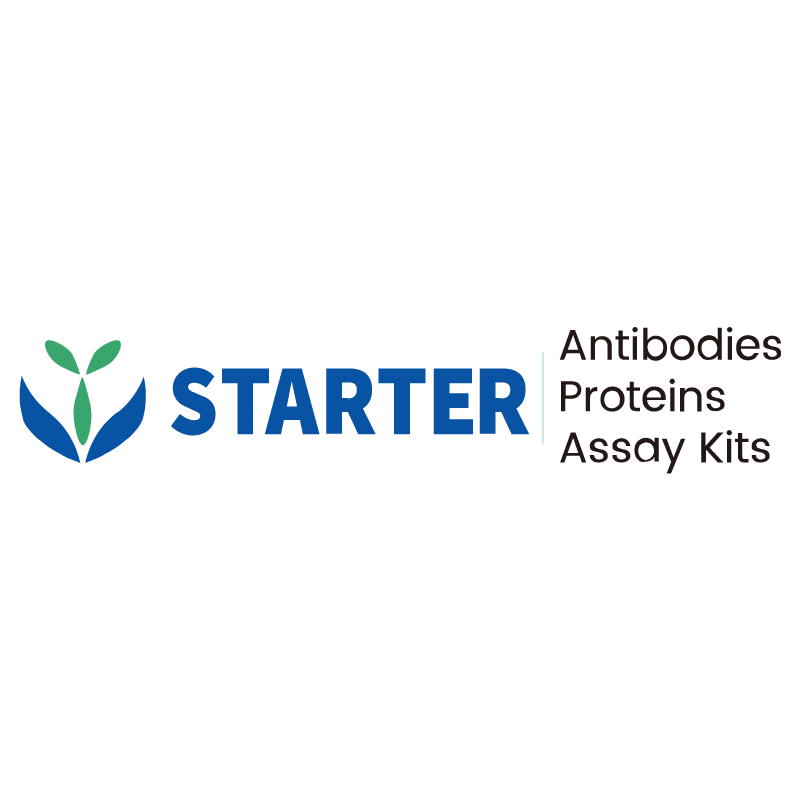Flow cytometric analysis of Human CD7 expression on human peripheral blood cells. Human peripheral blood cells were stained with Alexa Fluor® 647 Mouse Anti-Human CD3 Antibody and either Pacific Blue Mouse IgG1, κ Isotype Control (Left panel) or SDT Pacific Blue Mouse Anti-Human CD7 Antibody (Right panel) at 5μl/test. Flow cytometry and data analysis were performed using BD FACSymphony™ A1 and FlowJo™ software.
Product Details
Product Details
Product Specification
| Host | Mouse |
| Antigen | CD7 |
| Synonyms | T-cell antigen CD7; GP40; T-cell leukemia antigen; T-cell surface antigen Leu-9; TP41 |
| Immunogen | Recombinant Protein |
| Location | Cell membrane |
| Accession | P09564 |
| Clone Number | S-575-17 |
| Antibody Type | Mouse mAb |
| Isotype | IgG1,k |
| Application | FCM |
| Reactivity | Hu |
| Positive Sample | human peripheral blood cells |
| Purification | Protein G |
| Concentration | 0.05mg/ml |
| Conjugation | Pacific Blue |
| Physical Appearance | Liquid |
| Storage Buffer | PBS, 25% Glycerol, 1% BSA, 0.3% Proclin 300 |
| Stability & Storage | 12 months from date of receipt / reconstitution, 2 to 8 °C as supplied. |
Dilution
| application | dilution | species |
| FCM | 5μl per million cells in 100μl volume | Hu |
Background
CD7, also known as GP40 or T-cell antigen CD7, is a 40 kDa transmembrane glycoprotein that belongs to the immunoglobulin superfamily. It is encoded by the CD7 gene located on chromosome 17 and is expressed on the surface of T cells, natural killer (NK) cells, and their precursors. CD7 plays a crucial role in immune regulation by participating in T-cell activation, providing co-stimulatory signals, and facilitating cell adhesion. It is one of the earliest antigens to appear on T-lymphocyte lineage cells and is highly expressed in various stages of T, B, and myeloid cell differentiation. Additionally, CD7 is involved in T-cell infiltration in tumors, making it an important target for cancer immunotherapy.
Picture
Picture
FC


